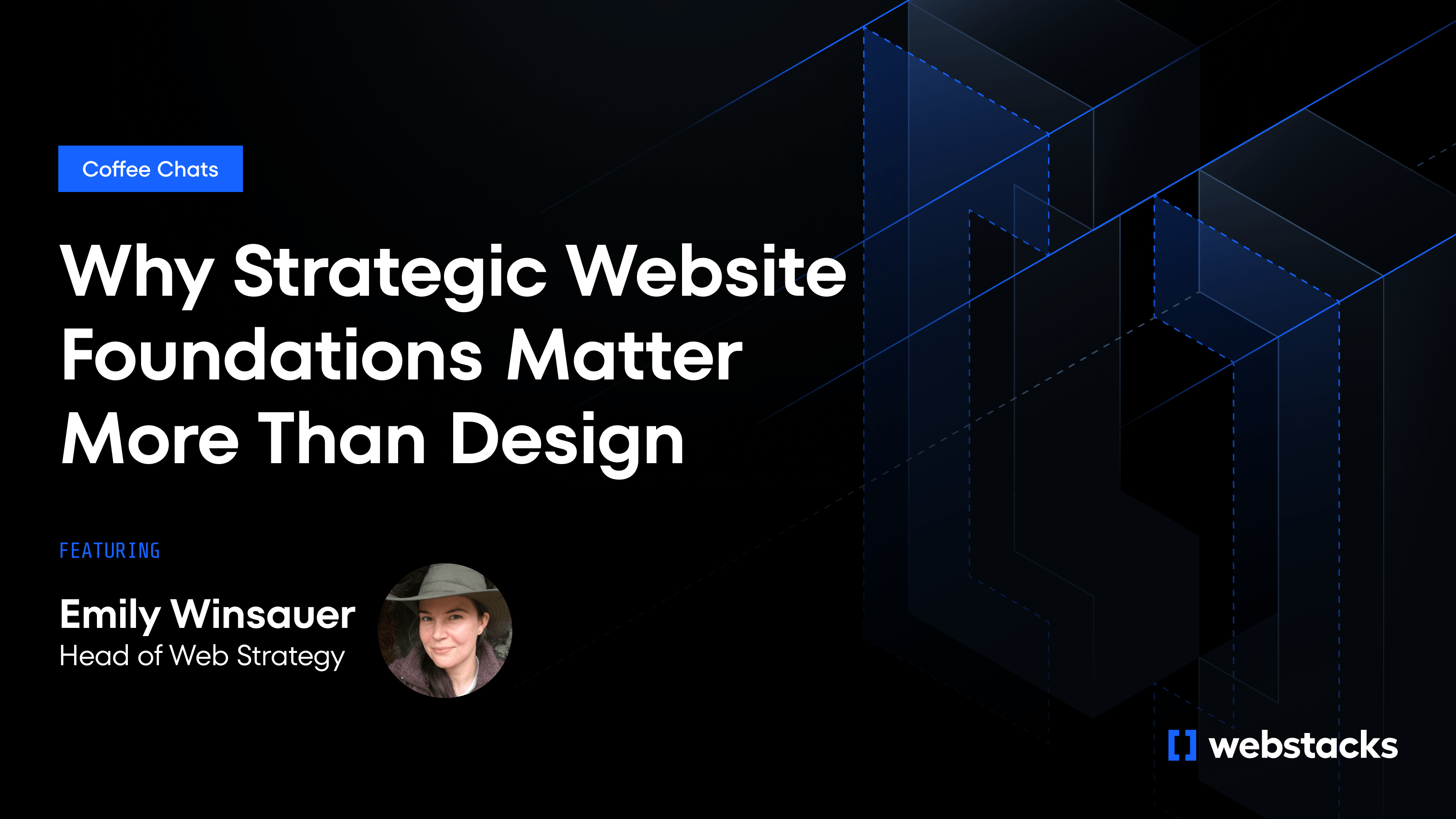If you're choosing between Storyblok and Strapi, you're essentially selecting between two distinct approaches to content management. Storyblok is a SaaS platform with a visual editor built for marketers. Strapi is an open-source framework designed for developers who want full control over architecture and deployment.
Both are headless and API-first, but that’s where the similarities end. Storyblok prioritizes speed for content teams with built-in workflows and a drag-and-drop interface. Strapi offers unmatched flexibility for engineering-led teams building custom setups from the ground up.
This comparison breaks down how each platform handles workflows, extensibility, team collaboration, and long-term scalability, so you can pick the one that fits your team’s strengths and your roadmap.

Essential Features of a Headless CMS
A modern headless CMS should give both developers and marketers the tools they need to move fast without stepping on each other’s work. As your site grows, you’ll need to support more pages, more people, and more platforms. Without the right foundation, publishing slows down, technical debt builds up, and experiments stall. These features help teams stay agile while maintaining predictable content operations.
- Flexible APIs: REST and GraphQL endpoints let you deliver content to any frontend (web, mobile, or app), making your stack more adaptable over time.
- Composable content blocks: Reusable components give marketers the freedom to build and update pages without waiting on developers, keeping design consistent and campaigns moving.
- Schema flexibility: Content models should evolve with your business. A strong CMS lets you define, edit, and maintain structured content types without needing to rebuild.
- Editor experience: A simple, visual interface helps non-technical teams work faster, with features like live preview, inline editing, and comments that speed up reviews and publishing.
- Localization support: Built-in translation workflows and multi-language publishing are critical for teams operating across regions or markets.
- Extensibility and integrations: The CMS should connect easily to tools your team already uses, like analytics, auth, or custom middleware, so your content system grows with your stack.
Storyblok vs Strapi: Which One Fits Your Team Better?
Choosing between Storyblok and Strapi comes down to how your team works and how much control you need over the stack. Whether you prioritise fast publishing for marketers or full backend flexibility for developers will shape which platform delivers better results.
- Ease of use and visual editing: Storyblok has a drag-and-drop editor with live preview, so marketers can work quickly without relying on developers. Strapi uses a form-based admin that's great for developers but less intuitive for non-technical users.
- Collaboration and workflow: Storyblok includes built-in comments, approval flows, role management, and version history. Strapi has basic workflow support, but anything more advanced typically requires plugins or custom code.
- Flexibility and customization: Strapi gives you full access to the code, so you can customize everything. Storyblok offers reusable components and an app marketplace, which gives you flexibility without needing to build from scratch.
- Scalability and architecture: Storyblok is fully managed and scales automatically with no maintenance. Strapi lets you self-host or use Strapi Cloud, which gives you more control if your team handles deployments.
- Pricing and long-term value: Storyblok has transparent, tiered pricing that’s easy to plan for. Strapi is open source and free if you self-host, which can be more affordable if you’re handling infrastructure.
- Customer adoption and market focus: Storyblok has over 8,000 customers and is known for its editor experience and productivity. Strapi is popular with developers and has 1,100+ customers who value its flexibility and open-source model.
- Bottom line: Storyblok is a better fit for content-heavy teams who need speed, simplicity, and visual editing. Strapi is ideal for developer-led teams who want full control and don’t mind managing the stack themselves.

Why We Prefer Storyblok
Storyblok shines when speed counts. The real-time visual editor lets marketers publish new pages without developer tickets. Turn ideas into live campaigns the same day. Structured components keep design consistent and reusable.
Developers get clean REST and GraphQL endpoints. Connecting content to a Next.js app on Vercel just works. Since Storyblok runs as SaaS, scaling and updates happen behind the scenes. Your team can focus on experiments instead of maintenance.
This blend of marketer independence and composable architecture supports our view of websites as growth infrastructure. If your engineering team wants to self-host and customize every middleware hook, Strapi might fit better. For most B2B SaaS teams balancing speed, control, and future-proof technology, Storyblok wins.
Implement a New Headless CMS with Webstacks
Switching CMSs isn't just redesigning pages. You're selecting the system that powers every campaign, A/B test, and growth experiment for years. That's why Webstacks treats website migration as a strategic architecture decision, not a simple platform swap.
We stay platform-agnostic because your team's needs come first. If editors need drag-and-drop freedom, we'll prototype visual-first solutions.
If developers want open-source control and self-hosting flexibility, we'll design headless, API-first architectures instead. The final choice depends on your team's skills, compliance requirements, and growth targets.
Ready for your next phase? Book a call with our strategy team to get a CMS evaluation or migration roadmap built for your specific goals.




